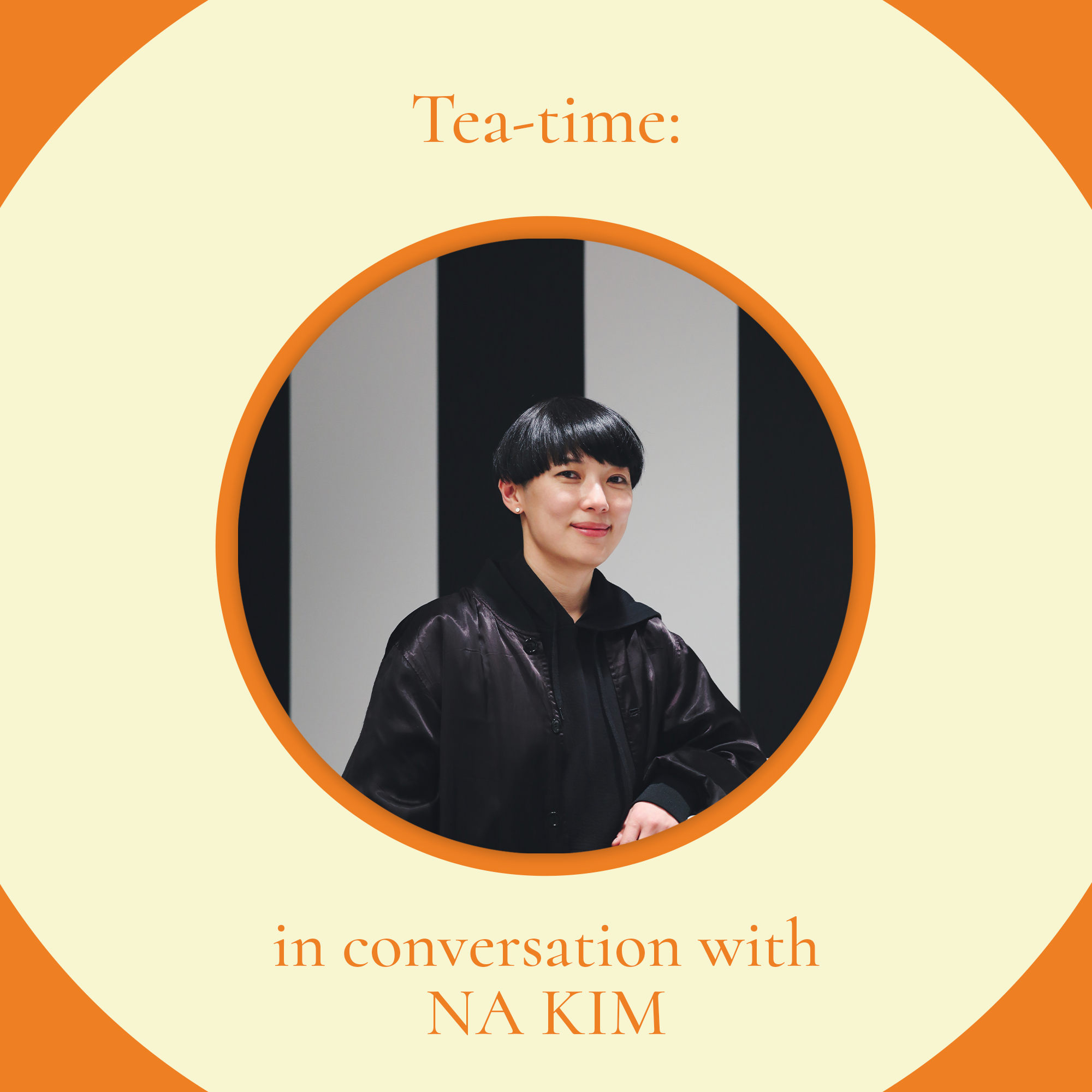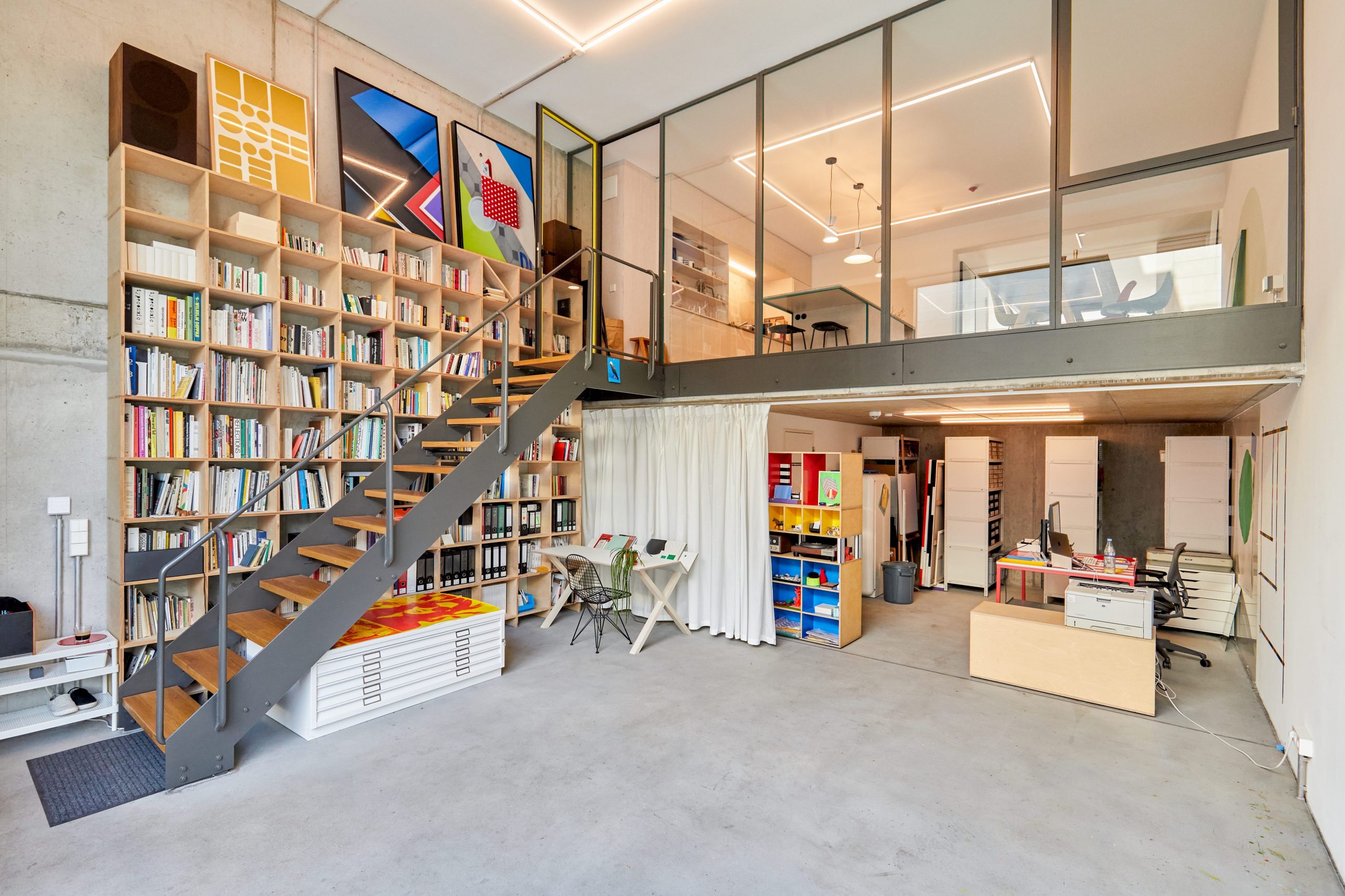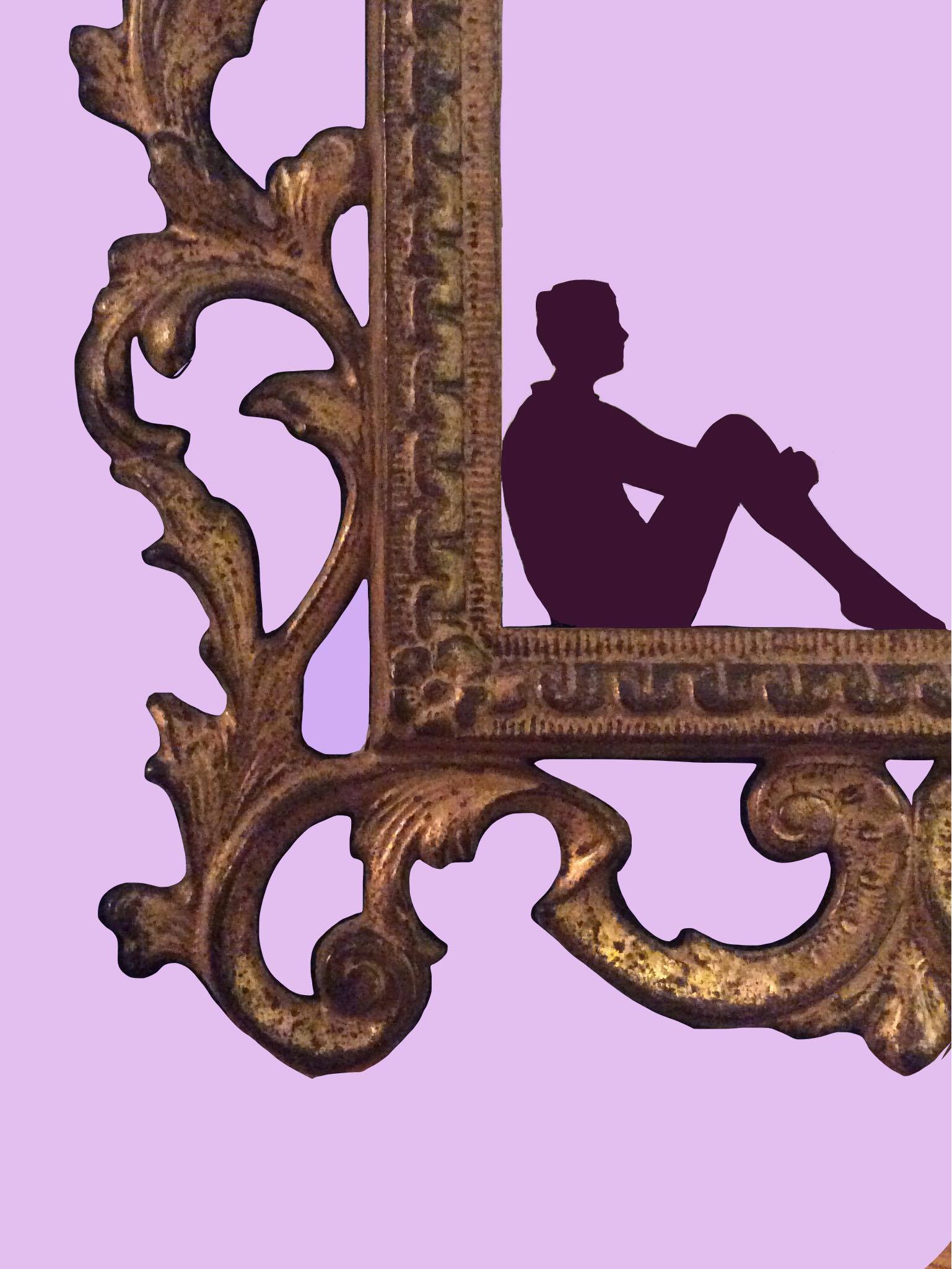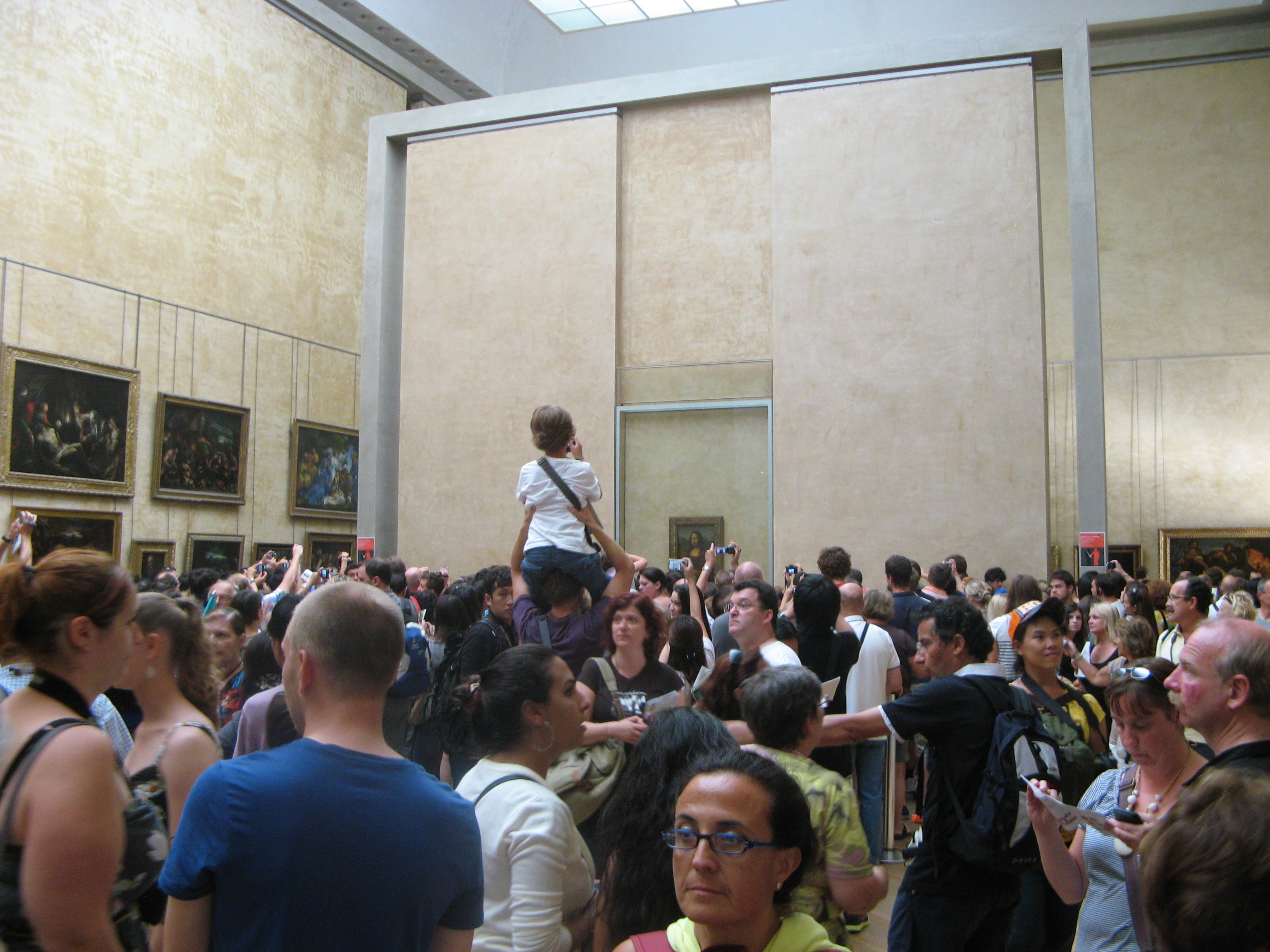
Tea-time: in conversation with Na Kim
Na Kim is a Korean graphic designer based in Berlin. In the past, she has trained at the Werkplaats Typografie in Arnhem, the Netherlands, and directed for GRAPHIC magazine. Most recently, she worked as the creative lead for the Victoria & Albert Museum’s Hallyu! The Korean Wave exhibition. Dowon Jung interviews Kim for The Isis about the recent exhibition, her creative process, and Korean identities.
Dowon – In light of the recent V&A exhibition, how do you recall the rise of Korean culture globally in the past two decades?
Na Kim – When I was based in the Netherlands in the 2000’s, as an Asian student trying to study in Europe, I felt like there was a hierarchy in terms of culture and information. I didn’t have a clear idea about my identity as a Korean, since I had no experience of living in another culture, especially abroad. Not so many people in Europe had an in-depth knowledge in Asian culture, including Korean culture. But I remember in 2012 when Gangnam Style became a big hit, and suddenly I was hearing Korean pop music everywhere — then everyone knew how to dance like Psy, and it was quite a sharp transformation for me, in a way.
Since then, I moved back to Korea and then to Berlin again, and in those ten years I think a lot has changed. I now have the feeling that a lot of people are into Korean culture, not only from the specific region, but in a broader way. Beyond just Gangnam Style, I think the new generation is really eager to learn more about the culture of Korea itself, which is quite interesting.
D – I think it’s been really interesting how Korean culture has been received in the West as well. I’ve read some of the reviews about the V&A exhibition, and what really struck me was how many people were commenting on Korean fashion, and especially how androgynous it seems. Has that been your experience as well?
N – Do you personally agree with this opinion?
D – I’m not sure — it’s something I think about quite a lot as well, especially when I go back to Korea once in a while. I definitely think the expectation on the ways in which men and women are supposed to dress is conceived of slightly differently in Korea. I’m obviously coming at this from a Korean perspective, so it feels natural to me, but I find that a lot of my British friends talk about that as well when they watch K-dramas, for example.
N – Yeah, this sounds really interesting to me because, like you, I don’t always recognise this difference. From my point of view, I think there’s something to say in terms of the feminist movement in Korea, where a lot of radical politics have developed as a backlash to the previous inequality between men and women. So many women in the younger generations are more actively expressing themselves in non-conformist ways. I think that urge is stronger in Korea than it is here.
Conversely, there’s also an expectation from western viewers to see Asian men and women more separately, so they look for distinct gender differences in fashion, but it’s not like that. Maybe that’s why actual Korean fashion seems very new and androgynous.
D – I remember you said before that you moved back to Korea from the Netherlands in 2012 because you felt there was something interesting happening there. Could you elaborate more on that — what did you see in the Korean art scene, and how do you think your relationship to that culture has changed over time?
N – Definitely. The main reason I decided to move back to Korea was actually because of the aftermath of the economic crisis in Europe at the time, in 2012. Before, especially in the Netherlands, there had been plenty of support for the cultural scene from the government, so even foreign artists like me could survive on government grants in the culture scene. But then, that budget was cut almost in half. People who had depended on that money tried to fight against the situation, but it seemed different from what I expected. I think in the Netherlands, that was quite a new situation, because they had always been supported by their society and their government, so maybe they didn’t know suddenly how to protest against the cuts.
On the other hand, Korea had a very difficult time from the economic crisis as well, but I think how the Korean culture scene responded to that situation was quite different. A lot of artists tried to survive by doing what they could in that bad situation, and that actually dramatically brought some really interesting things into the scene. The younger generation, in a situation where it was very easy to be negative, survived by building interesting communities without capital when they couldn’t get jobs in the big companies and studios. They’d try start up their own small studios and so on. And sharing those kinds of activities created a real energy at the time. Now, ten years on, I think that kind of experience of struggle has developed in a positive way and has contributed to the booming culture scene in Korea.

Na Kim’s studio. Photography by Siniz Kim.
D – As an artist working internationally, how do you think your upbringing in Korea has affected your work?
N – I think unconsciously that kind of mentality of cooperation and survival that I just mentioned has affected me. In modern history, Korea’s been through a lot of difficult moments like the Korean War, so there’s a tendency to distrust support from authorities. On the one hand, there’s been a tradition of rigid hierarchy and all of that, of course, but there’s also this effort to improve our situations on our own. Similarly, I think I usually don’t trust that kind of authority in my art and I’m always trying to find what I can do at that moment. Plus, growing up in Korea, it was still a society with very tightly connected familism and that made a lot of us very competitive as well, and it’s always made me want to prove myself to others.
When I was studying in the Netherlands it was quite difficult to manage that life from the perspective of an Asian student — especially an Asian woman. I think the thing I found really difficult was that, in Korea, people sometimes find it hard to say no to things directly, but I found that everyone was a lot more straightforward in the Netherlands. After a while, though, I learned how to survive in that society, so I’ve become very Dutch, in a way. And that adaptation has helped me a lot as well — being more straightforward — in embracing myself as it is. So in the end I think being able to experience both societies was really helpful. I’m still very conscious about my attitudes as a Korean, but I’m also conscious as to how I’ve changed.
D – Thanks for sharing your experience on that. I suppose this is related to your international focus, but do you think in recent years, social media has had a big impact on your work as a graphic designer, and on how you work and advertise your work?
N – Definitely, and not just for me but every artist, basically. What I notice is that because information spreads so easily and quickly, everyone ends up using the same method to express themselves. So even though it’s very easy to share information with others, at the same time, in some ways it’s too compact. And I think this impact is stronger than people often expect. A lot of artists don’t have a website or other external methods to share their work, because social media works well enough. I use social media quite a lot as well, but I always feel that it’s not really enough. It feels very temporary. And the negative side of that in the design world is that what’s on Instagram becomes the entirety of someone’s work. I think it can be really dangerous in a way, when so many people just create images for their accounts and that becomes the final output. Normally, the process of artistic production evolves much more naturally, from the process of the exhibition to its afterlife. But all of these experiences and backgrounds are easily neglected because of the simplicity of social media. So even though it’s good to use that as one part of your expression, it’s always important to keep in mind how you can develop your own method of presenting your work as well.

Na Kim’s studio. Photography by Dahahm Choi.
D – Finally, what advice do you have for students looking to go into a creative field in the future?
N – One of the things I’ve been thinking a lot is the idea of time and space. When I look back at my work, archiving is very important, because throughout the process of creating something, the work and the concept usually changes quite a lot. This isn’t necessarily a struggle, because even if it’s not connected to the actual final outcome, all of these become important parts of the work.
I especially recognised this recently during the pandemic, that looking at your surrounding is important. It sounds obvious, but because we’re so surrounded by things, identifying what’s important for you is really difficult. Everything seems so urgent and impactful, but that’s usually not true. Plus not everything that’s trendy or popular at the moment might be helpful to you, so you have to actively find your own things, which is a lot harder. The one clue I can give is that you should always be investigating yourself, and especially what’s at hand. What’s important is to have direct experiences in person, and then to trust yourself in what you’re experiencing. For us creatives, there’s a security in having a lot of things floating in the air around you, but what you grab for yourself with your own hands will ultimately become most important. ∎
Interview by Dowon Jung.







